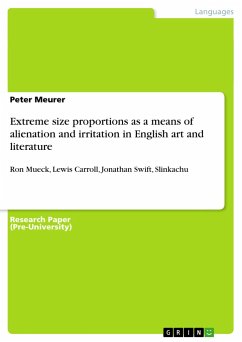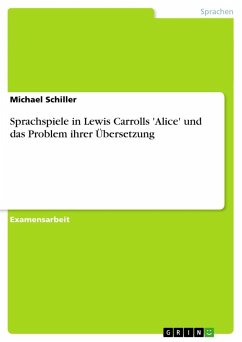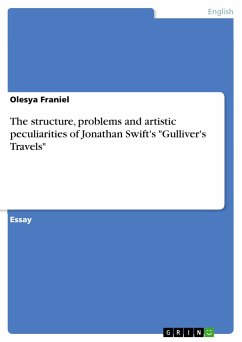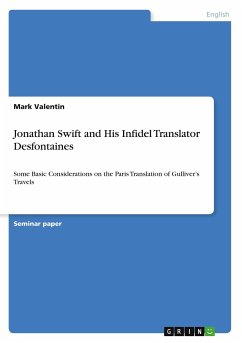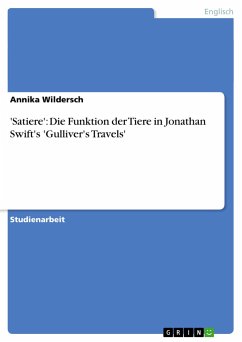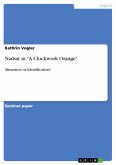Pre-University Paper from the year 2012 in the subject Didactics for the subject English - Literature, Works, grade: 2, , language: English, abstract: Every child knows giants and dwarfs from fairy tales: Jack the Giant Killer, Little Thumbling or The Valiant Little Tailor. The centre of attention is often the contrast between power and powerlessness, the weak individual fights against the strong, superior villain. In English and European literature, these motive used to be very popular, but later it developed in British art's tradition in a particular direction. Jonathan Swift was the first author who portrayed the previously untouchable giants in a realistic way; his Lilliputians are the complete opposite of the friendly dwarfs one has got to know while reading Snow-White. He used the extraordinary sizes to point out problems of British politics and society; Gulliver was drastically shortened, censored and forbidden. Nevertheless, its offspring were popular childrens' books, although the work's true message was lost.When Lewis Carroll wrote Alice's Adventures in Wonderland he made some drawings to make his illustrator, John Tenniel, understand what his work should look like. Tenniel's illustrations became famous because they support the text's surreal character in an outstanding way. Apart from that, the book opened up a whole new dimension for children's literature. It was stigmatised as "nonsense". Against this background the figures with extreme proportions in the art of Australian sculptor Ron Mueck and British street-artist Slinkachu will be examined and compared to Swift and Carroll. Both are certainly not the only artists particularly in British 20th century art , there can be found a great number of artists who use small-scale and large-scale figures as artistic means to display alienation and irritation. Some of these forerunners are Duane Hanson, Chuck Close or Jake and Dinos Chapman.

